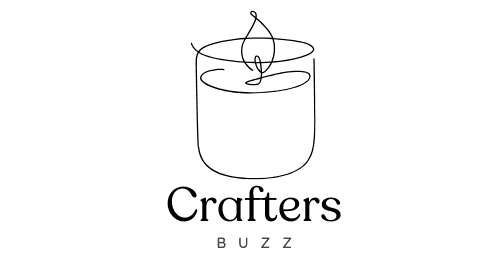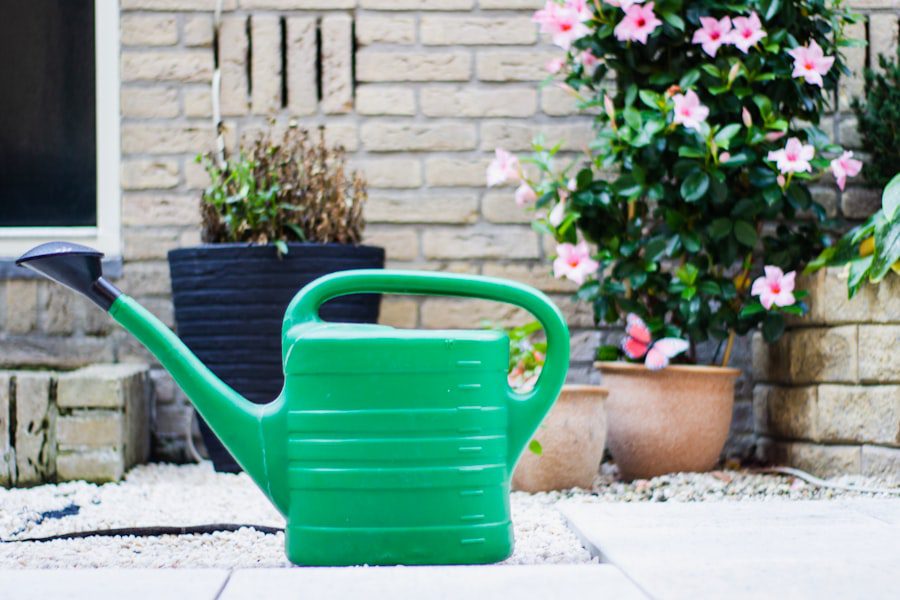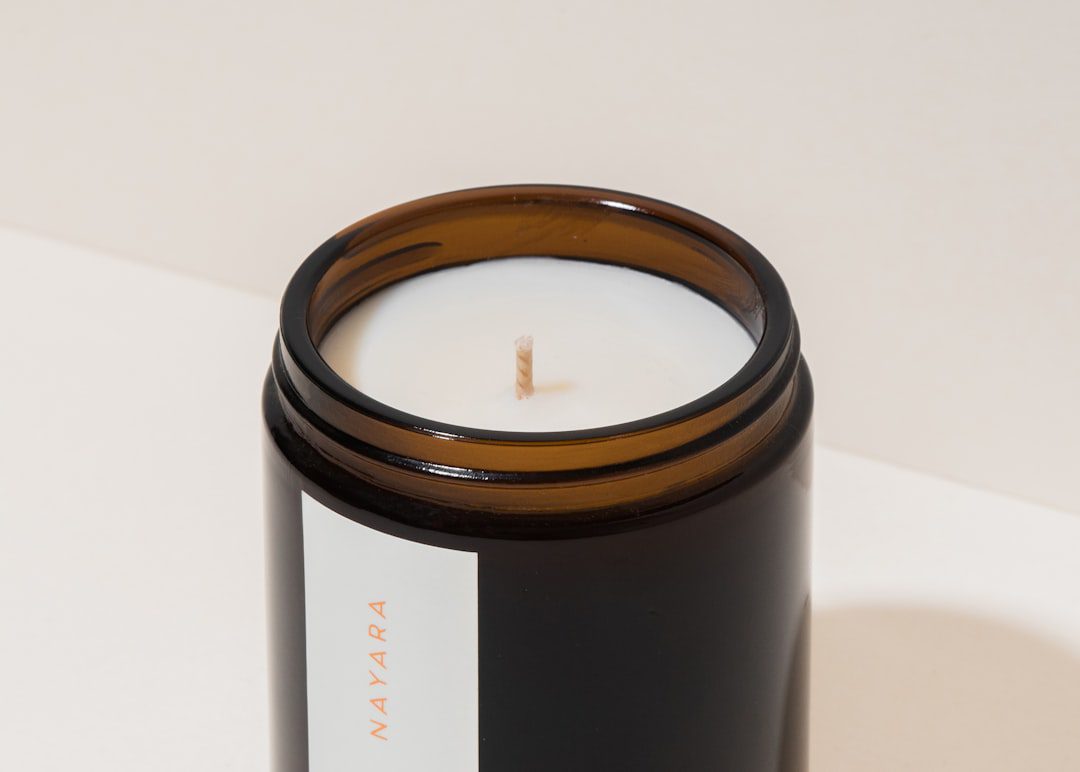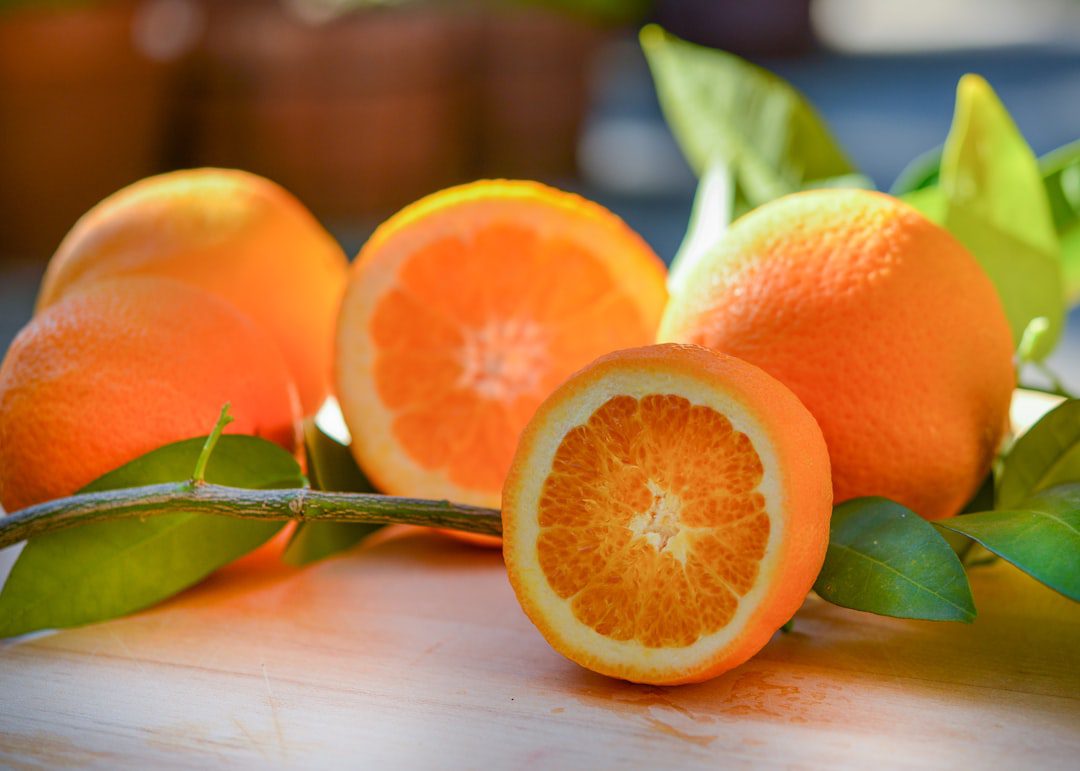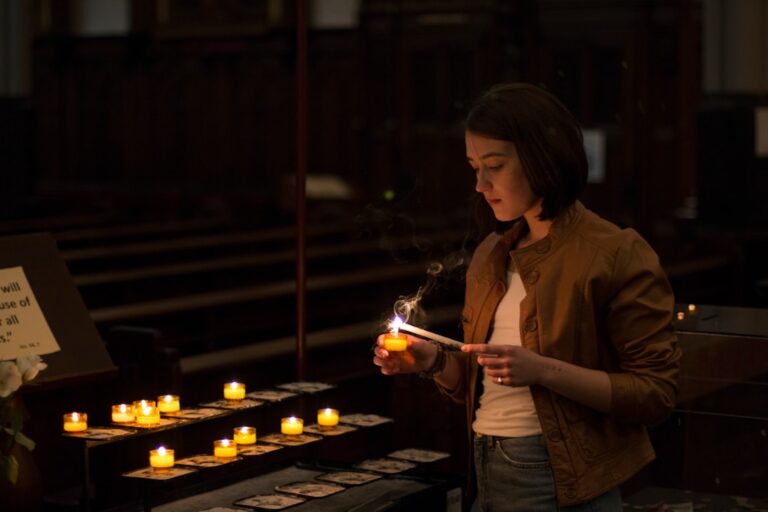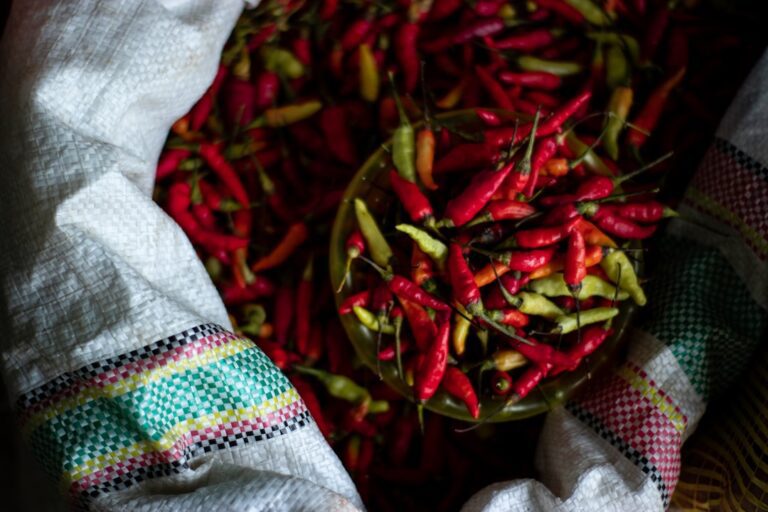How to create custom blended scents for a unique candle experience.
Scent blending is an art form that combines various aromatic compounds to create a harmonious and pleasing fragrance. At its core, scent blending involves understanding the different categories of scents, which can be broadly classified into top, middle, and base notes. Top notes are the initial scents that are perceived when a fragrance is first applied; they are typically light and evaporate quickly.
Common examples include citrus and herbal scents. Middle notes, or heart notes, emerge once the top notes dissipate and form the core of the fragrance. Floral and spicy scents often fall into this category.
Finally, base notes provide depth and longevity to the fragrance, lingering long after the other notes have faded. These are usually rich and heavy scents like vanilla, musk, or sandalwood. To master the art of scent blending, one must also consider the concept of scent families.
These families categorize fragrances based on their characteristics and can include floral, woody, oriental, fresh, and gourmand scents. Each family has its own unique qualities and can evoke different emotions or memories. For instance, floral scents are often associated with romance and femininity, while woody scents can evoke feelings of warmth and earthiness.
Understanding these families allows a blender to create more complex and layered fragrances that resonate with the intended audience or purpose.
Choosing the Right Essential Oils and Fragrances
Selecting the right essential oils and fragrances is a crucial step in the scent blending process. Essential oils are concentrated extracts derived from plants, capturing their natural aroma and therapeutic properties. When choosing essential oils, it is essential to consider not only their scent but also their potential benefits.
For example, lavender is known for its calming properties, making it an excellent choice for relaxation-focused blends. On the other hand, citrus oils like lemon or orange can invigorate and uplift the mood, making them ideal for energizing blends. In addition to essential oils, synthetic fragrances can also play a significant role in scent blending.
These fragrances are created in laboratories to mimic natural scents or to create entirely new aromas that do not exist in nature. While some purists may prefer to use only essential oils, synthetic fragrances can offer a broader range of options and often have greater stability in candle making. When selecting fragrances, it is important to consider the intended use of the candle—whether it’s for relaxation, celebration, or simply to enhance the ambiance of a space—and choose oils that align with that purpose.
Experimenting with Different Scent Combinations
Once you have selected your essential oils and fragrances, the next step is to experiment with different combinations. This phase is where creativity truly shines; blending scents is akin to painting with aromas. Start by creating small test batches using a variety of combinations to see how they interact with one another.
It’s helpful to keep a journal documenting each blend’s proportions and your impressions of the resulting scent. This practice not only aids in refining your technique but also allows you to revisit successful combinations in the future. When experimenting with scent combinations, consider using a ratio system to maintain consistency across your blends.
A common approach is the 3:2:1 ratio, where three parts of a top note are combined with two parts of a middle note and one part of a base note. This method provides a balanced structure while allowing for flexibility in creativity. Additionally, don’t shy away from unconventional pairings; sometimes the most unexpected combinations yield delightful results.
For instance, combining earthy patchouli with bright grapefruit can create a unique contrast that intrigues the senses.
Creating a Balanced Scent Profile
Creating a balanced scent profile is essential for ensuring that no single note overpowers the others. A well-balanced fragrance will have a smooth transition from top to middle to base notes, allowing each layer to shine at different stages of its burn time. To achieve this balance, it’s important to consider the strength and volatility of each oil used in your blend.
For example, citrus oils tend to be more volatile and may dissipate quickly compared to heavier base notes like vanilla or amber. One effective technique for achieving balance is to layer your scents thoughtfully. Start by establishing a strong foundation with your base notes, as they will anchor the fragrance throughout its burn time.
Next, introduce middle notes that complement these base notes while adding complexity. Finally, finish with top notes that provide an initial burst of freshness or brightness. Regularly testing your blends during this process will help you identify any areas that may need adjustment—whether it’s adding more of a particular note or reducing another to achieve harmony.
Mixing and Testing Your Custom Blended Scents
The mixing process is where your carefully chosen oils come together to form your custom blend. It’s advisable to use glass containers for mixing as they do not react with essential oils or fragrances like some plastics might. Begin by measuring out your oils according to your established ratios and combine them in small amounts before scaling up for larger batches.
This method allows for easy adjustments if you find that certain notes are too strong or too weak. After mixing your custom blend, it’s crucial to conduct thorough testing before committing to a final product. Allow your blend to sit for at least 24 hours; this resting period enables the scents to meld together more fully, often resulting in a more cohesive fragrance profile.
Once rested, conduct a cold sniff test by inhaling the aroma directly from the bottle or container. This initial assessment will give you insight into how well the scents have integrated. Following this, create a small candle using your blend and test it in an actual burning scenario to evaluate how it performs when lit—this includes assessing throw (how well the scent disperses) and burn time.
Incorporating Personal Touches and Themes
Incorporating personal touches into your candle blends can elevate them from mere products to meaningful creations that reflect your personality or experiences. Consider drawing inspiration from significant moments in your life—perhaps a vacation destination that evokes memories of sun-soaked beaches or a family gathering filled with laughter and warmth. By infusing these personal narratives into your scent blends, you create candles that resonate on a deeper level.
Themes can also guide your blending process. For instance, if you’re creating candles for a seasonal celebration like autumn, consider using warm spices such as cinnamon or nutmeg combined with earthy notes like cedarwood or sandalwood. Alternatively, for a summer theme, bright citrus scents paired with fresh herbs can evoke feelings of warmth and vitality.
By thoughtfully selecting scents that align with specific themes or personal stories, you not only enhance the sensory experience but also create candles that hold special significance.
Packaging and Presenting Your Custom Blended Candles
The presentation of your custom blended candles plays an integral role in their overall appeal. Thoughtful packaging can enhance the perceived value of your product while also providing essential information about its contents. Consider using eco-friendly materials that reflect your commitment to sustainability—this could include recycled glass jars or biodegradable labels made from plant-based materials.
Labeling is another critical aspect of packaging; it should clearly indicate the scent profile while also conveying any personal stories or themes behind the blend. A well-designed label can capture attention and intrigue potential customers or gift recipients alike. Additionally, consider incorporating visual elements such as color schemes or graphics that align with the essence of your candle—soft pastels for calming blends or vibrant hues for energizing scents can visually communicate what users can expect from their experience.
Sharing and Enjoying Your Unique Candle Experience
Once you’ve crafted your custom blended candles and packaged them beautifully, it’s time to share them with others or enjoy them yourself. Hosting a candle-making party can be an excellent way to introduce friends and family to your creations while allowing them to experience the joy of scent blending firsthand. Provide various essential oils and fragrances for guests to experiment with, encouraging them to create their own unique blends while sharing tips from your own experiences.
For those who prefer solitude or quiet reflection, lighting one of your custom candles can transform an ordinary moment into something special. Whether it’s during meditation, reading a book, or enjoying a warm bath, these candles serve as more than just sources of light; they become vessels for memories and emotions tied to their carefully crafted scents. Sharing these experiences through social media platforms can also foster community engagement—encouraging others to explore their own scent blending journeys while showcasing your unique creations can inspire creativity in others as well.
Through understanding the intricacies of scent blending, selecting appropriate oils, experimenting with combinations, creating balanced profiles, testing blends thoroughly, incorporating personal touches, presenting them beautifully, and sharing experiences with others, one can truly appreciate the art of candle making as both a craft and an expression of individuality.
If you’re interested in the cultural significance of candles, you may want to check out this article on Crafters Buzz. It delves into the history and importance of candles in European castles. Additionally, if you’re looking to expand your candle-making skills, you can also read this complete DIY guide on crafting container candles. And for more inspiration and tips on the art of candlemaking, be sure to explore Crafting Light: The Art of Candlemaking.
FAQs
What are custom blended scents for candles?
Custom blended scents for candles are unique fragrance combinations created by mixing different essential oils, fragrance oils, and other aromatic ingredients to produce a one-of-a-kind scent for a candle.
How can I create custom blended scents for candles?
To create custom blended scents for candles, you can start by selecting a variety of essential oils and fragrance oils that complement each other. Experiment with different combinations and ratios to achieve the desired scent profile. Keep track of your recipes and make small test batches before committing to a larger production.
What are the benefits of creating custom blended scents for candles?
Creating custom blended scents for candles allows you to tailor the fragrance to your personal preferences or the theme of a specific event or occasion. It also provides the opportunity to offer unique and exclusive scents that set your candles apart from mass-produced options.
Can I mix essential oils and fragrance oils to create custom blended scents for candles?
Yes, you can mix essential oils and fragrance oils to create custom blended scents for candles. Essential oils are derived from natural sources such as plants, while fragrance oils are synthetic or a blend of natural and synthetic ingredients. Combining the two can result in complex and unique scent combinations.
Are there any safety considerations when creating custom blended scents for candles?
When creating custom blended scents for candles, it’s important to follow proper safety guidelines for handling and diluting essential oils and fragrance oils. Some oils may be irritating to the skin or have specific usage recommendations, so it’s essential to research and understand the properties of each oil before blending. Additionally, always test your custom blends in small quantities to ensure they perform well in candle wax and do not pose any safety hazards.
